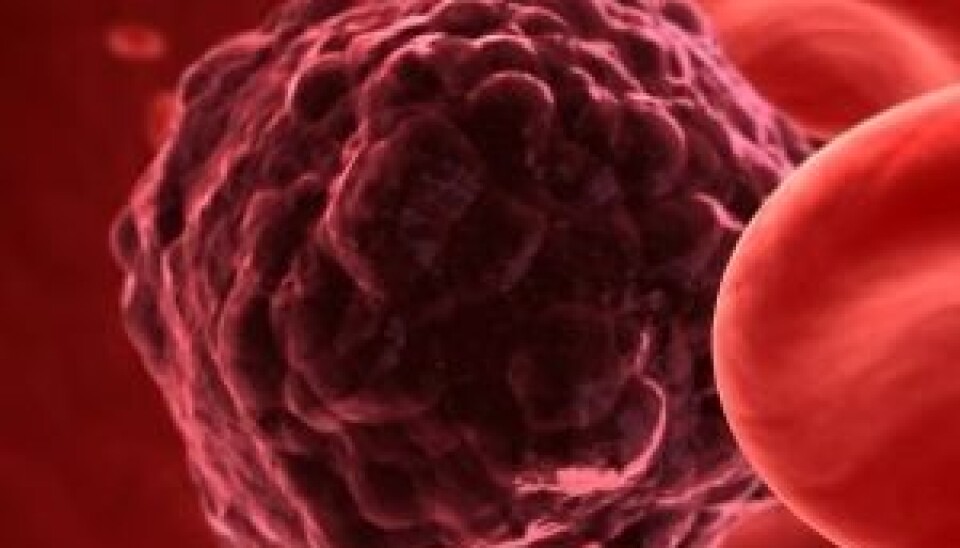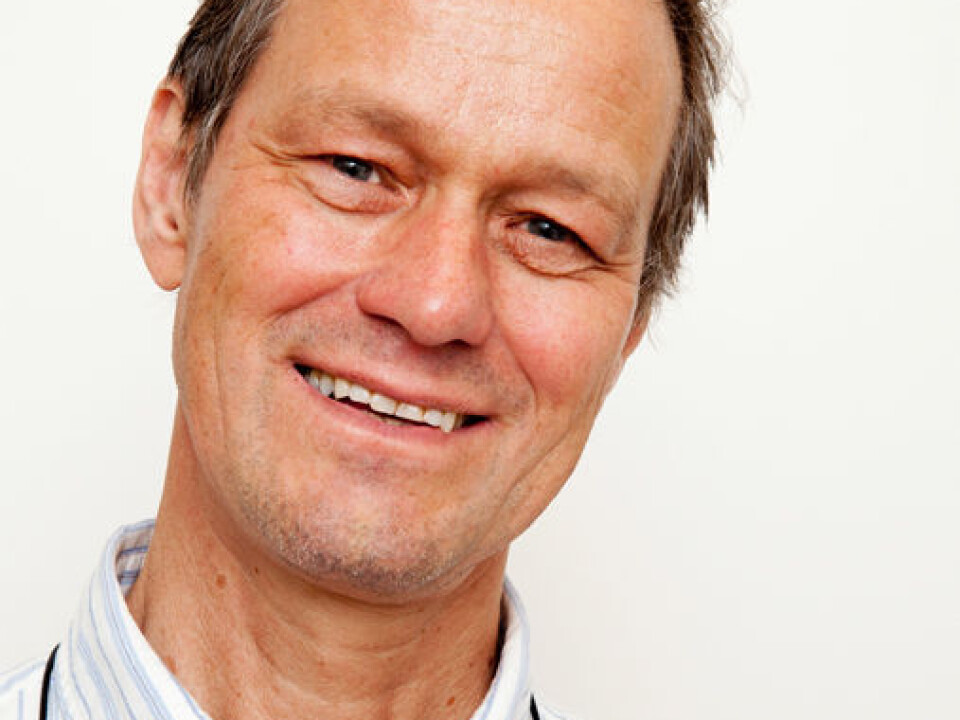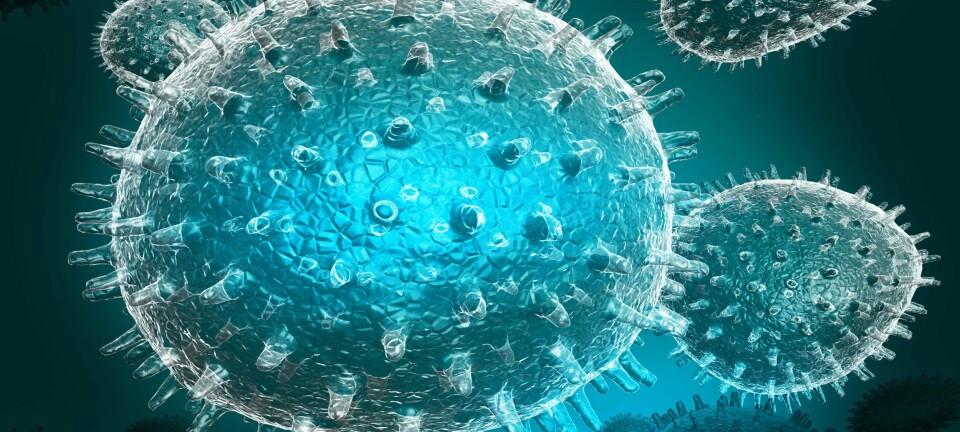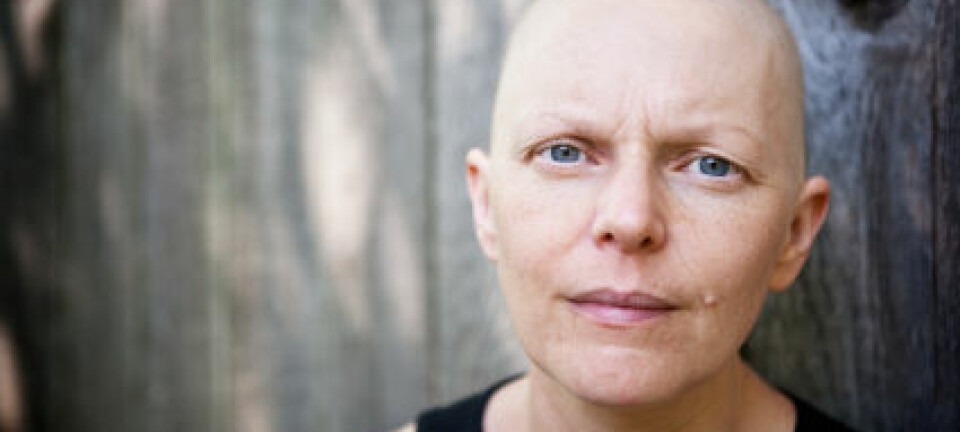An article from University of Oslo

Working towards a personalised cancer treatment
Looking into mutations in several thousand cancerous tumours will make it possible to find cures for types of cancer that cannot be treated today.
Denne artikkelen er over ti år gammel og kan inneholde utdatert informasjon.
Cancerous tumours are different. Large variations in mutation can be found among individual cancerous cells. In addition, cancer cells’ reaction to treatment varies: sometimes the treatment works, while at other times it only makes things worse.
We all have a unique composition of hereditary variants of genes that affects how both our body and the tumour react to cancer treatment.”
“Today’s treatment most often utilizes broad-spectrum chemotherapy against all tumours. Targeted treatment that is specially selected for the individual tumour can be effective against a very specific mechanism,” says Ola Myklebost, Professor of Molecular Biology in the Department of Biosciences at the University of Oslo.
Myklebost is now in particular investigating the mutations in tumours from patients with extremely rare types of cancer.

“Our dream is to provide more precise treatment. When only a few patients suffer from a disease there is often little commercial interest in developing medicines. We want to expand the use of targeted treatment against several types of cancer," he says.
This means that more patients can be treated for high-risk types of cancer for which the current treatment option is inadequate.
"For example we hope that intestinal cancer medicine can also be used against other forms of cancer, but due to complex regulatory mechanisms in various types of cells we’re not sure it will work.”
Helping those with soft tissue sarcomas
Examples of types of cancer with poor odds are lung cancer, pancreatic cancer and sarcomas. Sarcomas are soft tissue cancer, a type of cancer that affects at least 200 Norwegians a year – children more often than adults.
“We hope to find the same mutations in patients with sarcomas as we do in those with other types of cancer for which treatment is available today. Sarcoma patients can then perhaps be given the same treatment.”
To find this out, Myklebost’s research group will use DNA sequencing on tumours from as many sarcoma patients as possible. They will examine patients from the whole of Norway.
So far they have collected DNA samples from both cancerous and healthy tissue from several hundred patients.
“We have to know which gene variants are normal in order to find the mutations that are only relevant for tumours,” says Myklebost.
Provided that the sequencing machine is in function 24 hours a day, the work of DNA sequencing a thousand samples will take a year.
The researchers will define a thousand genes that may be related to cancer diseases. They will make no progress if they only compare the DNA of healthy and cancerous tissue from one patient: they must analyse the DNA connection between all the patients to find out which mutations can lead to cancer.
Only a fraction of the genome is genes. In the approximately 20,000 genes we all have there is everything from a few to several tens of thousands of mutations in the cancer cells.
he question is which mutations are to be treated. During their work the researchers have found large mutation differences among the cells in the same tumour.
“We can point to mutations that are only found in a quarter of the cells. If you select treatment that only hits three-quarters of the cells, the remaining quarter will be able to grow and become resistant. Then the patient will have a relapse,” says Myklebost.
“If we find mutations for a certain form of treatment, we contact the doctors in charge to give them the information, but we have no funds for structured clinical trials.”
All Norwegian cancer patients
In the next phase, Myklebost wants the health service to analyse the DNA of the tumours of all the 26,000 Norwegians who are diagnosed with cancer each year.
“This will give us opportunities that are unique on a global basis.”
The collection of the DNA samples requires comprehensive logistics at the hospitals. Pathologists send in tumour samples either frozen or paraffin-embedded.
“The best thing would be samples from surgical interventions. The problem is that if the patients has already been treated with chemotherapy then the cells are often dead. And we’ll do far more than the pathologists: while they only examine a few genes today, we want to analyse at least a thousand.”
Ola Myklebost is now part of a national consortium and is working on spreading the sequencing technology to all the health regions.
Enormous calculations
Gene interpretation demands enormous statistical analyses on computers that have a huge capacity for calculation. The limitation today is precisely the lack of access to such high-performance computing, as well as the storage of large amounts of data.
Bearing in mind that our genome has 20,000 genes and that a cancerous tumour is due to not only one mutation but to the combination of many, the researchers must gather enormous amounts of data to enable them to produce statistical information that is sufficiently accurate. Such analyses demand massive calculations.
Gene therapy is expensive
Precision treatment is of course more expensive than traditional cancer treatment.
“The advantage is less wasted treatment. If we avoid half of the current wrong treatment, it won’t be dearer in total even though precision treatment is twice as expensive. So it’s not certain that our method will lead to more expensive treatment. And even if our analyses were to cost some tens of thousands of Norwegian kroner, it isn’t more than MRI scans. And it’s far cheaper that unsuccessful treatment,” is Professor Myklebost’s opinion.
---------------------
Read the Norwegian version of this article at forskning.no


































